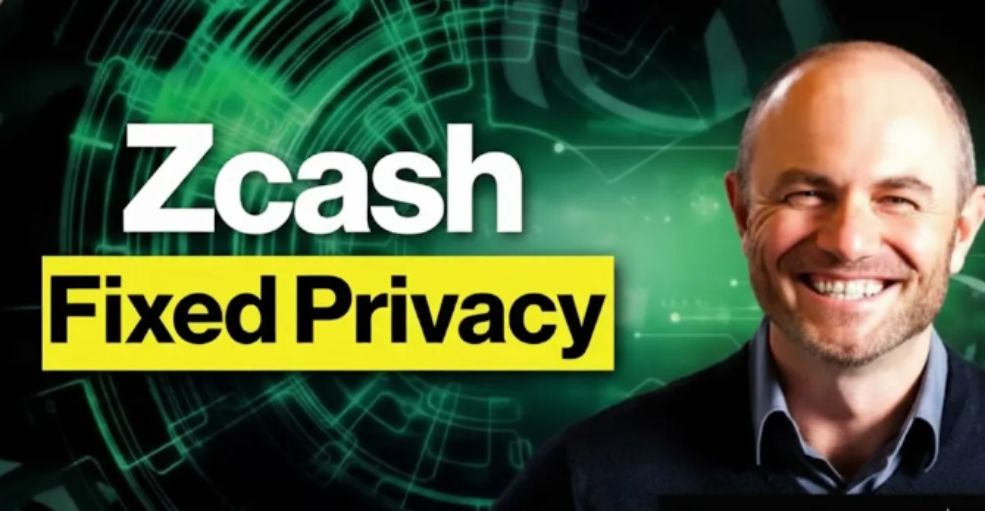- US Senators have proposed a new bill imposing strict regulations on stablecoins.
- This legislation could make stablecoins a safer way to store value and conduct transactions.
- Lawmakers are considering whether this new legislation will create a more secure future for stablecoins.
United States Senators Kirsten Gillibrand and Cynthia Lummis introduced a new bill today to regulate stablecoins , a type of cryptocurrency pegged to the value of a fiat currency like the US dollar.
Lummis-Gillibrand Act Aims for Cash-Backed Coins
The Lummis-Gillibrand Payment Stablecoin Act prioritizes three key areas: ensuring stablecoin reserves are fully backed by cash or cash equivalents, prohibiting unbacked algorithmic stablecoins, and implementing anti-money laundering (AML) rules.
Sponsored
There are two main types of stablecoins:
- Pegged Stablecoins: These coins are backed by real-world assets, like cash or government bonds. Think of it like a piggy bank – for every stablecoin in circulation, there’s an equivalent amount of real-world money sitting in reserve. This collateral system ensures the stablecoin’s price stays close to its peg.
- Algorithmic Stablecoins: These innovative coins rely on computer programs and smart contracts to maintain their peg. Instead of real-world assets, they use supply and demand to control the number of coins in circulation. Imagine a self-adjusting faucet – if the price goes up, the algorithm creates more coins to bring it down. Conversely, if the price falls, it might remove coins from circulation to drive the price back up.
The Lummis-Gillibrand Act seeks to establish a framework for stablecoin issuance, mandating a 1:1 backing by real-world assets for each stablecoin. This effectively bans algorithmic stablecoins, which rely solely on complex algorithms for stability. Senators are concerned about the potential risks associated with these unbacked coins.
Benefits and Considerations for Stablecoin Users
The bill aims to bring several benefits to stablecoin users:
- By requiring real-world backing, the bill aims to minimize the price swings users might experience with unbacked stablecoins. This could make them a more reliable way to store your value.
- AML rules would help prevent criminals from using stablecoins for shady transactions. This could increase user confidence in the overall legitimacy of the market.
- The bill includes provisions to safeguard users in case a stablecoin issuer goes bankrupt. This could offer some peace of mind, knowing your holdings might be protected.
However, there are also some things to consider:
- The ban on algorithmic stablecoins could restrict user options. Algorithmic stablecoins represent a different approach to achieving price stability; some users might prefer them.
- New regulations could make it more difficult for some companies to get into the stablecoin business, potentially reducing competition in the market.
The Lummis-Gillibrand Act is still in its early stages, and the final impact on users remains unclear. Overall, the bill aims to make stablecoins a safer and more reliable option for users. However, it’s important to stay informed about the details of the bill and its potential impact before drawing any definitive conclusions.
On the Flipside
- The bill could concentrate too much power with federal and state authorities, potentially stifling innovation in the decentralized world of crypto.
- The ban on algorithmic stablecoins could hinder the development of new and potentially more efficient ways to achieve price stability.
- The US-centric approach might not align with international regulatory efforts, creating confusion for global stablecoin use.
Why This Matters
This new stablecoin bill, with its focus on cash-backed coins and consumer protection, could significantly reshape the landscape of crypto transactions. Promoting stability and reducing risks can attract new users to the crypto market and bolster confidence in stablecoins as a legitimate financial tool.
Is a stablecoin bill about to be passed? Read this article to learn about the potential risks and benefits of stablecoin regulations here:
Sen. Warren’s Resistance to U.S. Stablecoin Bill Draws Flak
Curious about Ripple’s new USD-pegged stablecoin? This article explores its features and the challenges it might face here:
Ripple Unveils USD Stablecoin: What Makes It Different?



